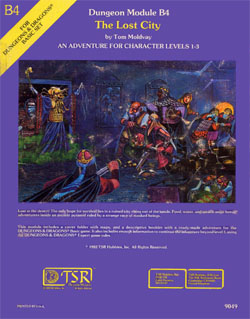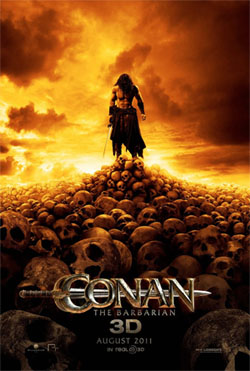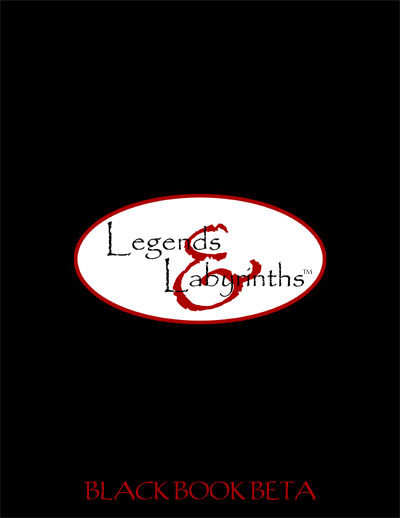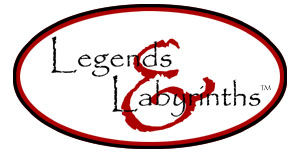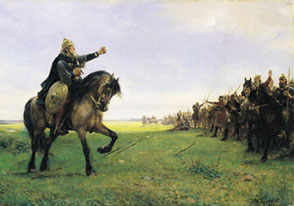 Yesterday I talked about how subtle mechanical shifts can have a large impact on gameplay. But if a change as small as shifting create water from being a 4th level spell to a 1st level spell can have such a large impact on how the game is played, it follows that one could deliberately create such effects with shifts in mechanics or emphasis.
Yesterday I talked about how subtle mechanical shifts can have a large impact on gameplay. But if a change as small as shifting create water from being a 4th level spell to a 1st level spell can have such a large impact on how the game is played, it follows that one could deliberately create such effects with shifts in mechanics or emphasis.
Which brings us to a chapter in Legends & Labyrinths that I hope will prove to be completely subversive for modern gamers.
Chapter 10: Companions and Allies returns henchmen and hirelings to the heart of the game. It brings them back in from the cold and reverses their exile to the cruel hinterlands of gaming manuals everywhere.
It does this in three ways:
First, it gives them a place of primacy. Not just an entire chapter to themselves (instead of being squashed into a single sub-table of the Equipment chapter), but a chapter in Part I: Characters. This is very much a declaration that your companions and allies are part of what defines your character. (Consider that the other chapters in this section are basically summed up as Character Creation, XP, Ability Scores, Races, Classes, Skills, Movement, Hit Points, and Conditions.)
Second, all characters are inherently and mechanically endowed with companions. At 1st level everybody gets a contact. At 6th level, every PC begins benefiting from the equivalent of 3E’s Leadership feat. (Dropping every character’s 1st level feat and replacing it with Leadership also helped me fix some balance issues with multiclassing in L&L.)
Third, mechanical detail. The process of attracting followers, hiring men-at-arms, and the like is not left as a complete tabula rasa. Like everything in Legends & Labyrinths, these mechanics provide a light framework for DMs to work within — but I honestly believe that such frameworks make it far more likely that certain aspects of the game world will be used.
In my old school campaign, I’ve seen that (a) having rules for hirelings front-and-center in the process of character creation and (b) making hirelings a tangible, mechanical part of defining a PC has a profound effect on how people approach the game. I’m hoping that a similar — albeit more subtle — approach in Legends & Labyrinths will have a similar effect.
WHY DOES IT MATTER?
First, and most importantly, I think it’s a viable and entertaining form of play. While there’s much to be said for the intensity of solo play focusing exclusively on a single character, there’s also a reason why The Sims was such a popular game.
Second, I think it sets the stage for a more sustainable form of high-level play. Even if the various contacts and followers a PC accumulates are not actively adventuring with them, they will be begin to enmesh the PCs into a wider web of obligations and connections. This type of widespread engagement with the game world is, in my experience, a key factor in avoiding the 15-minute adventuring day at high levels.
Third, even if the PCs aren’t actually employing hirelings, I think a little emphasis on play-with-henchmen also encourages superior encounter design. Basically, henchmen are a way of introducing mixed-level parties. And when you’re designing for a mixed-level party you can’t engage in the kind of lop-sided, mutual-assured-destruction of fetishized-balance encounter design. You have to use a larger number of more varied opponents. And those types of encounters result in better gameplay in general (mixed-level parties or not).
Fourth, hirelings and henchmen are a great way of supporting non-standard and under-sized play groups. And being able to support groups like that can be a big help when you’re trying to establish an open gaming table.

